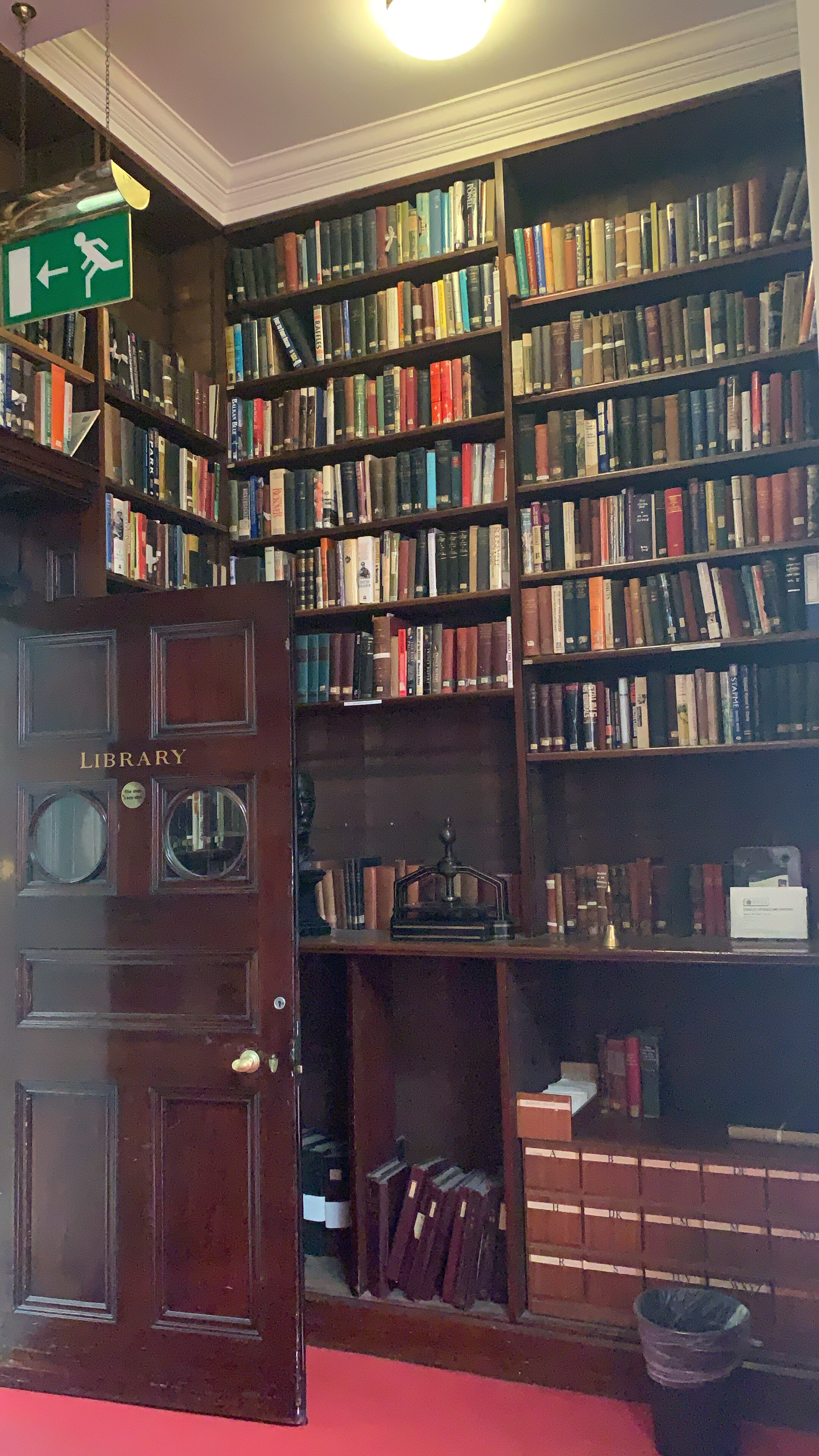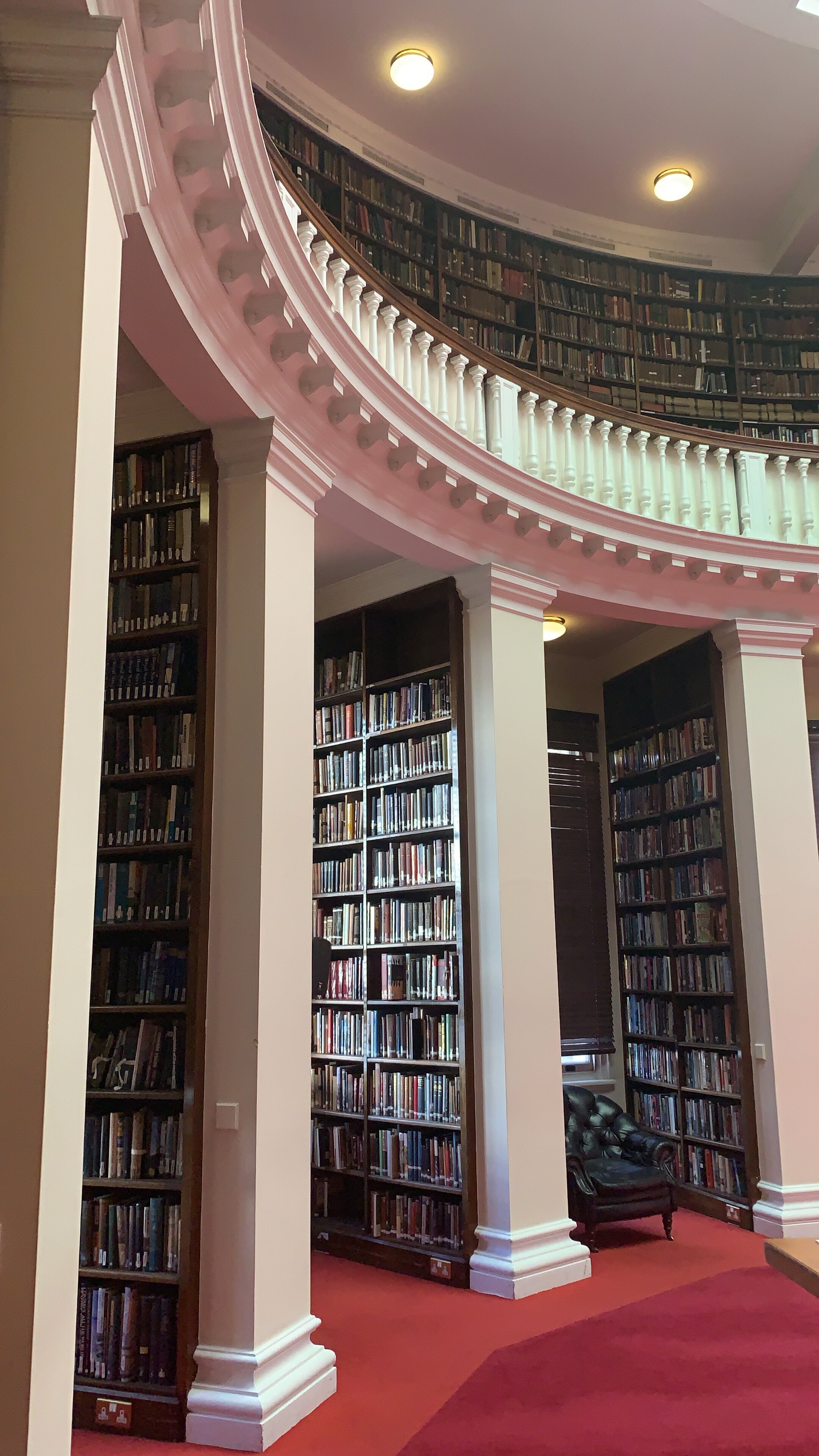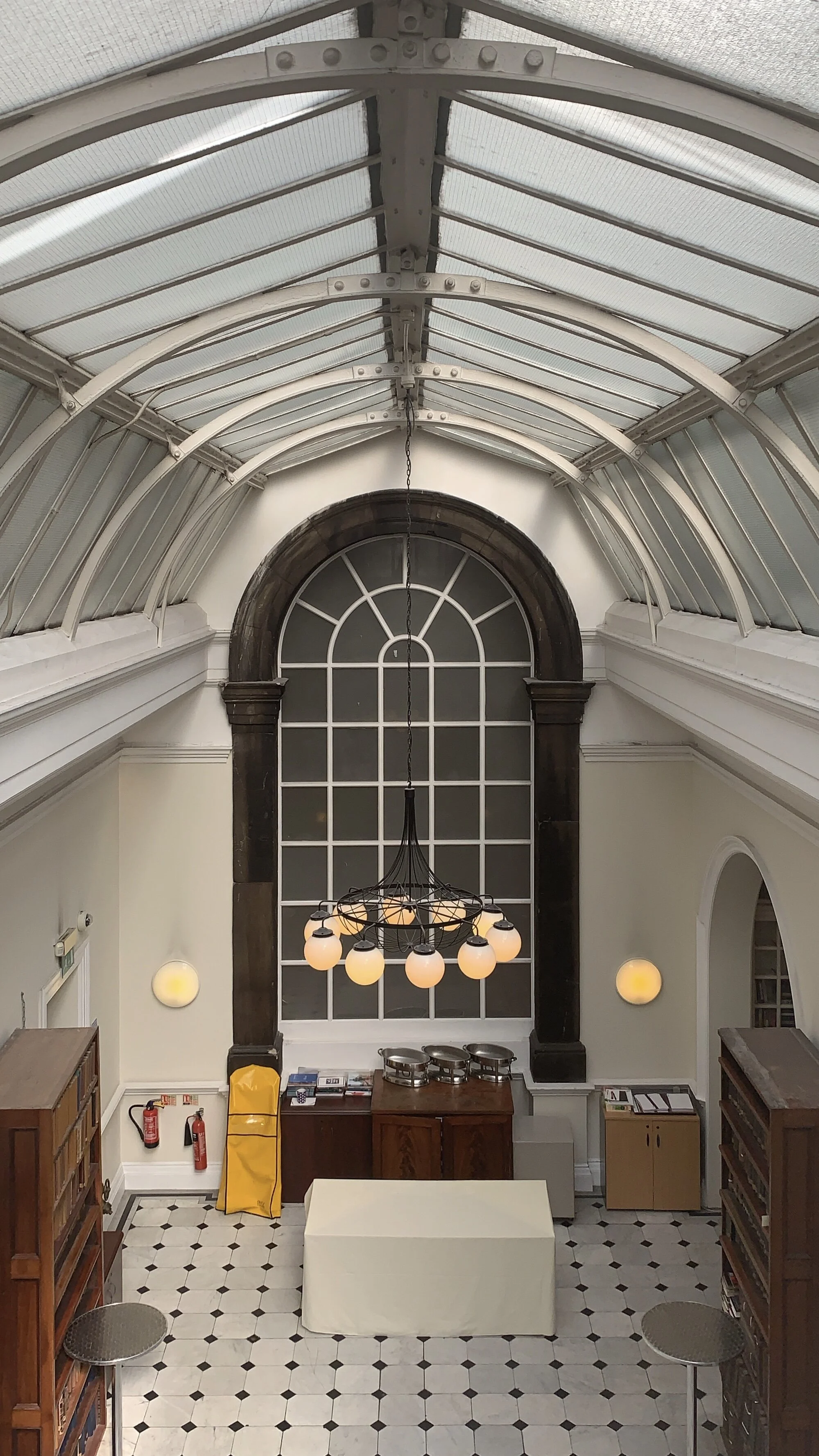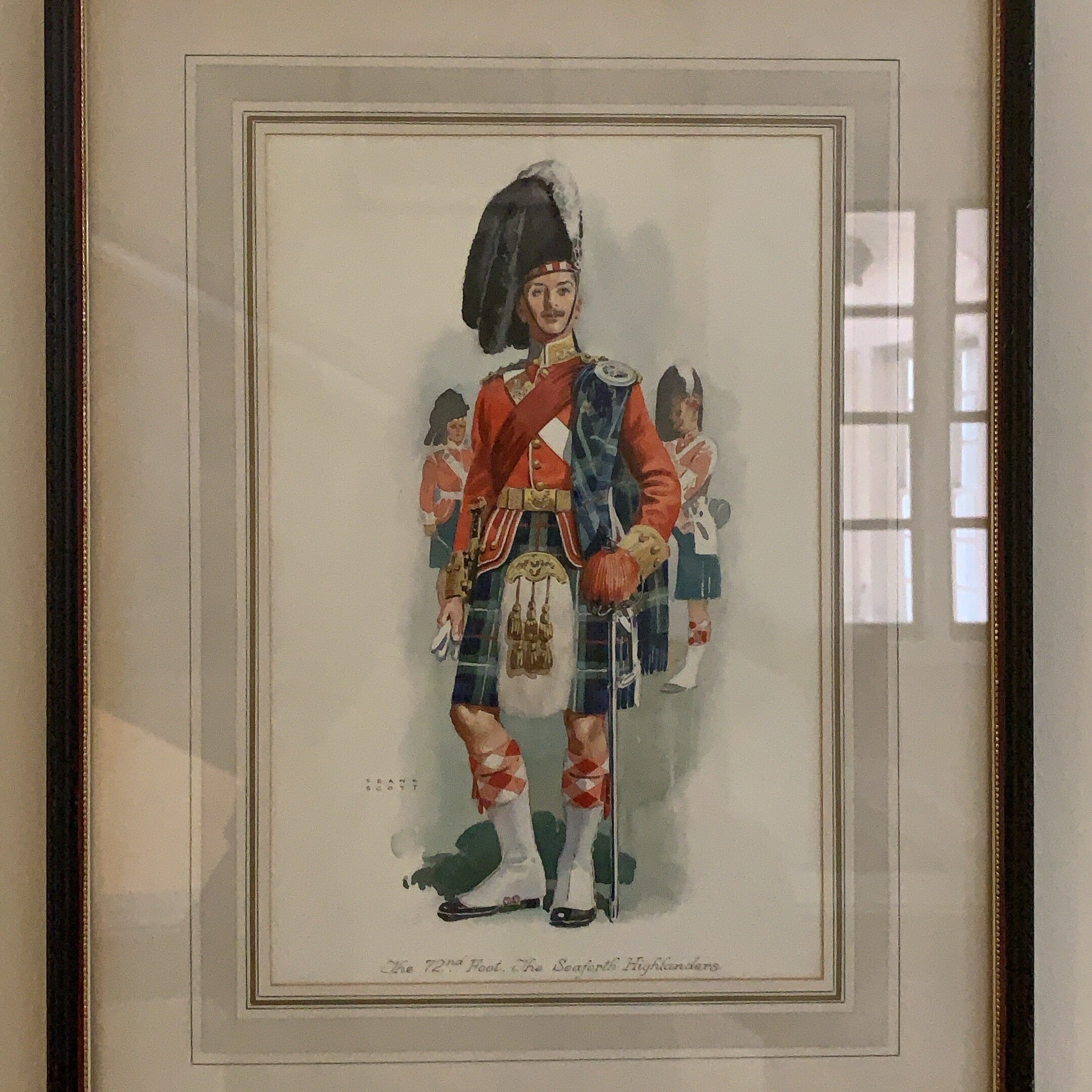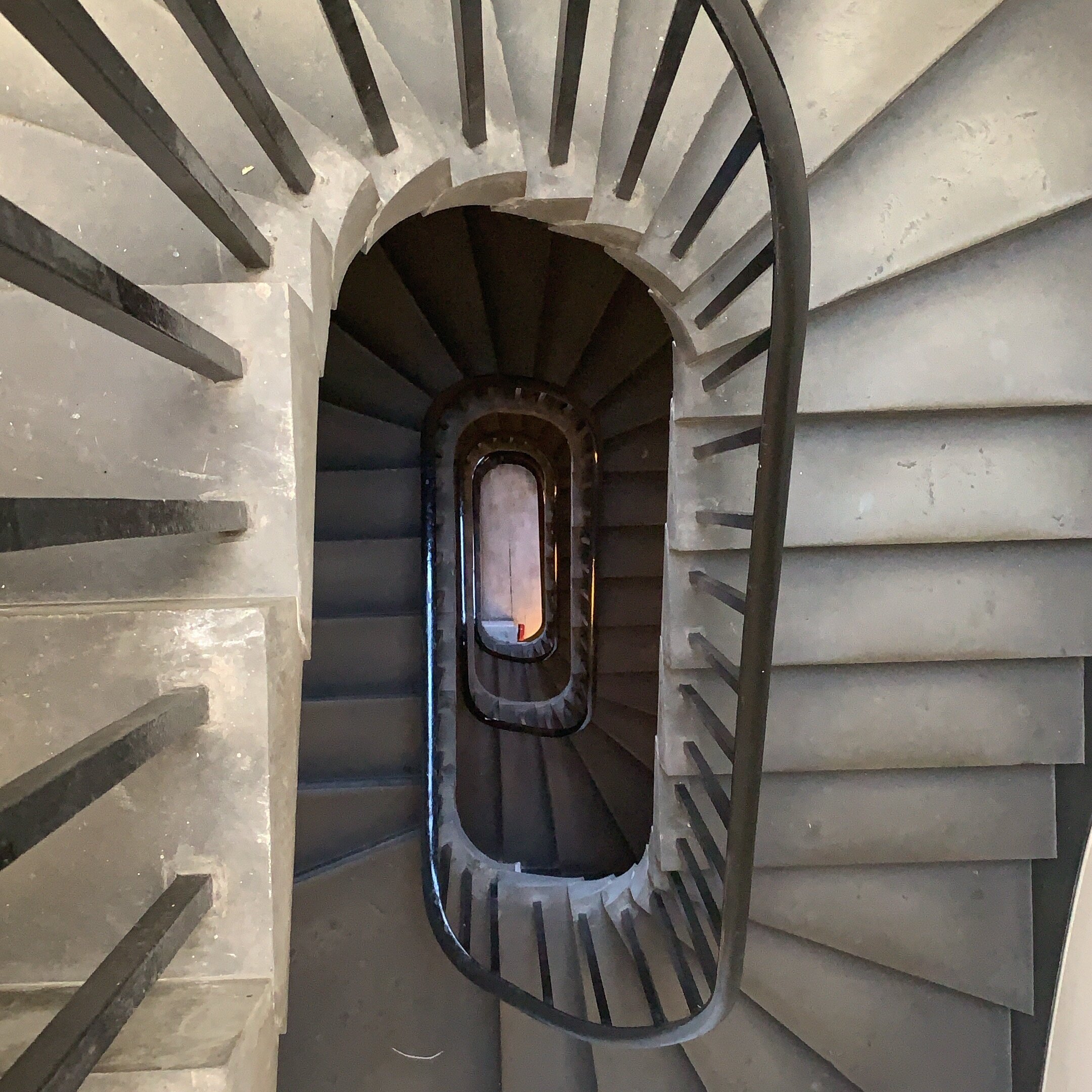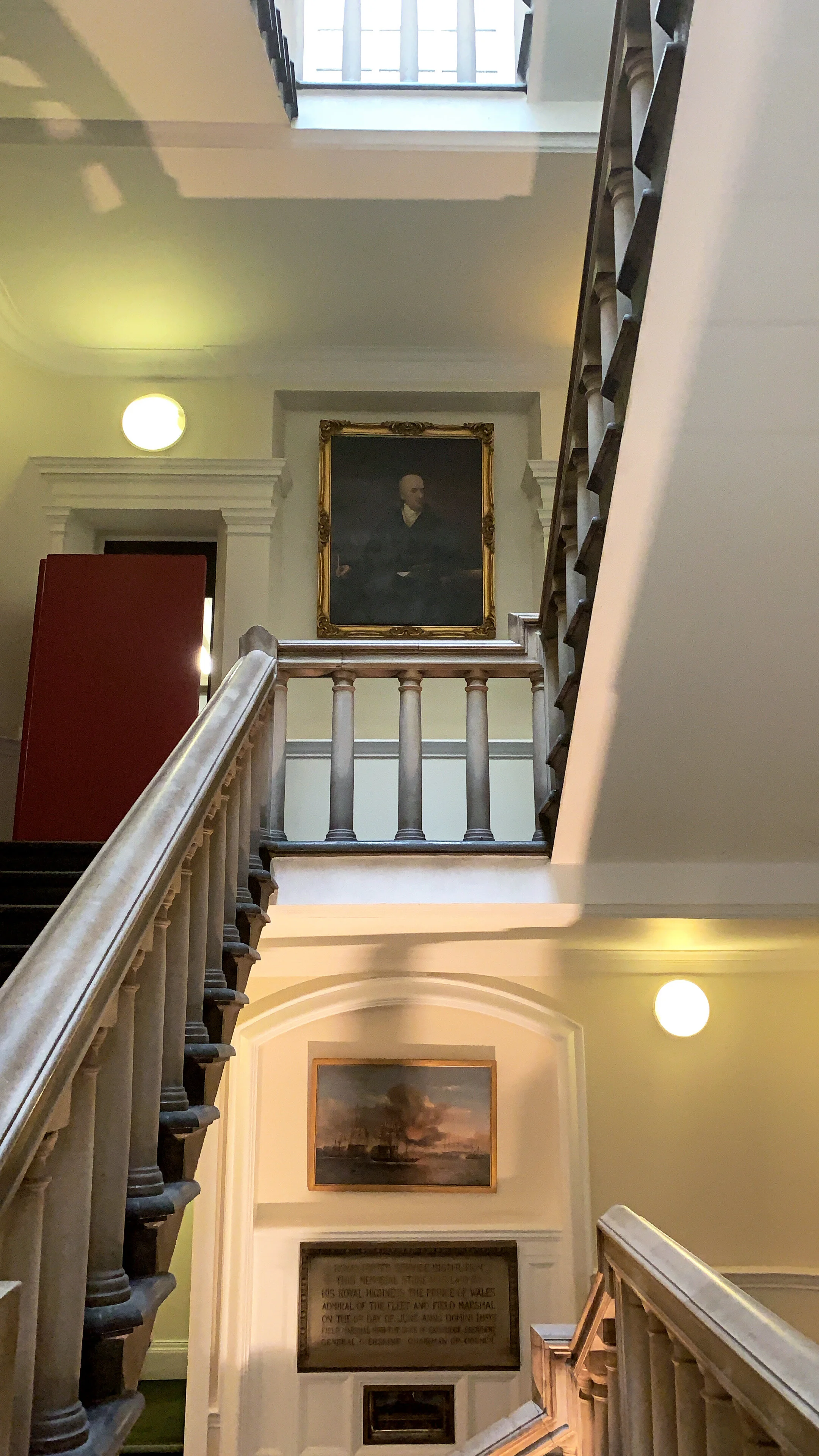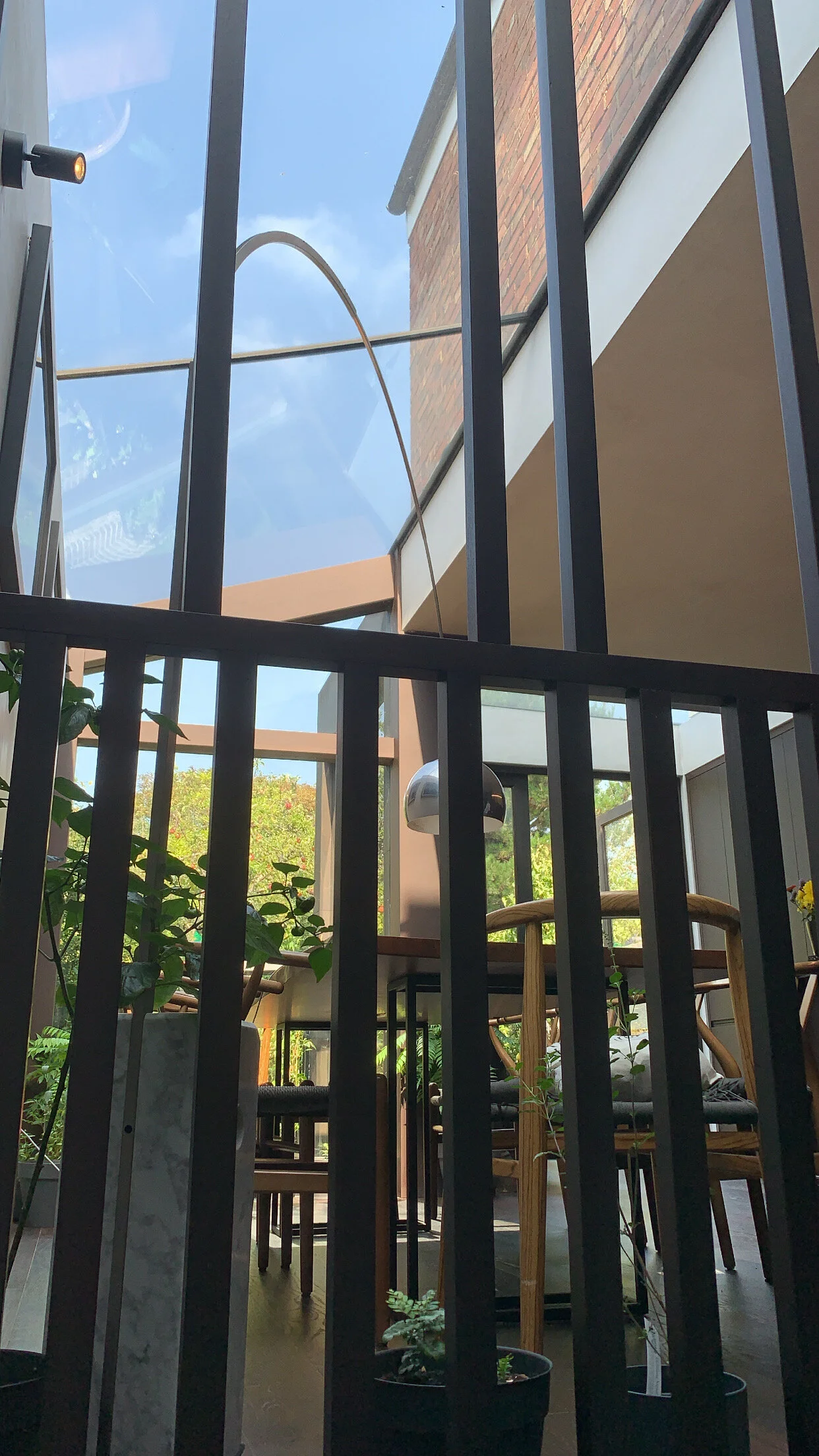Volunteering for OPEN House
Hello Dabblers! Welcome back :)
Since the beginning of ArchiDabble we have shared something with you guys on our Instagram stories which may have caught your attention: OPEN House.
Today, I (Sude) will be sharing with you all my experiences volunteering at OPEN House London over the past couple of years. Feel free to share with us your experiences too either as a volunteer or a visitor of this yearly event (or maybe even both)!
The OPEN House Festival is an annual event that runs over the weekend usually in September. The purpose of the event is to open up 100s of buildings across London, some of which would usually not be open to the public. With this in mind, I think you can figure out where the name for the festival comes from. Members of the public are able to volunteer as tour guides and/or stewards for the festival which is what I’ll be talking about today - my experience as a steward for the past three OPEN House Festivals.
My first year volunteering as a steward was back in 2019 for the Royal United Services Institute (RUSI) situated near Trafalgar Square, London. Those of you who have given our ‘University of Westminster vs University of Reading’ blog post a read might remember Andre, our guest for that post. He had gotten in contact with me and suggested that we volunteer together. He had opted to become a tour guide and I had planned to help out with his tours as well as the other guides on the day.
This was my first year and I found myself familiarising myself more with the festival rather than the building I was volunteering at. Each building has its own building manager which is your point of contact both prior to and during OPEN House. You are contacted by your building manager a couple of days before your volunteering day with some paperwork about fire and health & safety regulations as well as a fact sheet about the building. This may differ from manager to manager but usually it’s some adaptation to a handout of information. It’s likely that you’ll be asked to arrive 15-30 minutes early to your slot so you can receive a brief overrun of the building before the tours begin. This gives you time to break the ice with the other fellow volunteers with whom you’ll be working for the day. On the day of the event, it was great to know we had someone to go to with any questions we had between each tour to fulfil our own curiosity about the site. Unlike the visitors, we get to spend hours in the building and depending on the building you are volunteering at, you might be shown some exclusives that the building has to offer such as rooms that are not a part of the original tour. These became more apparent in my second and third year of volunteering than they did in the first year.
Talking about the second year, this is when I had introduced Linda to OPEN House. I helped her through the process of signing up to become a volunteer and then we started to browse through the previous year’s selection of buildings to see if there would be one we both were interested in. Then lo and behold… COVID-19 struck. The majority of OPEN House 2020 shifted to remote tours and many buildings were taken off the list. We were gutted but there were still a selection of buildings that had been approved for face-to-face tours. One of which was the Royal Opera House in Covent Garden, London. Throughout the rest of the year, the Opera House is open to the public for those who have tickets booked for any performances, attending the roof terrace bar or restaurant. However, considering how serious of a state the world was in, the it was no longer functioning like usual. This meant our volunteering taking place physically at the building was exclusive to begin with, knowing that it was temporarily off limits for the rest of the year until further notice.
On this occasion, the building manager and the rest of his team were extremely pumped even though we all knew OPEN House was going ahead with such restricted guidelines. Usually the festival runs without a booking system (besides a few buildings), but due to COVID-19 we had a limited number of visitors per group who had booked their visit prior to the weekend. The tour route for this building was amazing. The route guided the individuals through the newer theatre first and then moved onto the main auditorium. We were given some backstory on where the royal family would be seated as well as what each ornamentation on the balconies meant. Something that was extremely remarkable was the fact that we were able to walk along the main stage which would only be the case if you were ever performing at the Royal Opera House. Considering our status as ‘architecture students’, we weren’t going to be on the stage as ballerinas anytime soon so it was truly an amazing experience. Along with getting to go on the main stage, we were also given a small ballet etiquette class by one of the staff which was also fun.
As we alternated taking tour groups, one of the ROH staff was kind enough to show us around some areas that were blocked off for visitors. She showed us around the roof terrace and open hall which time-to-time would be used as a restaurant or performance setting. The space was adaptable with a bar that was attached to tracks on the floor to move from one side of the hall to another depending on the occasion. The full glass facade sourced the space with amazing lighting which I couldn’t imagine would look like in the late evenings when the place is bustling with people. Let’s hope for the pandemic to come to an end as soon as possible to find out.
Bringing our focus back to last year’s festival. I volunteered for two buildings this time round; London School of Economics and Political Science (LSE) and ‘The Sponge’ at 50 Keslake Road. I was accompanied by Linda for our LSE tours on the first Saturday of the festival and then volunteered alone for 50 Keslake Road the day after.
The new central building at the LSE campus was the main focus of the tours. The guides were held by someone from ‘Rogers Stirk Harbour + Partners’ who was the architectural firm that had won the commission for the project through a competition. This was a first since during my previous OPEN House occasions, the tours were given by volunteers too but this time round we had someone who had worked on the project. Tours held by the architects themselves are much more thorough in detail which makes sense considering their presence in the progress of the project as well as the final outcome. The technical aspects of the building and the response to sustainability stood out the most during the tours.
You also realise how many architects take part in OPEN House as volunteers or simply as visitors. This creates a great environment for students like ourselves to network with individuals in the industry. Making your first impression through a face-to-face interaction rather than an email with a CV and portfolio attached to it might make you more memorable. It’s also nice to know directly from the architect the concepts, intentions and design process of a building they have worked on whilst being present in it. Rather than pointing at a set of drawings, you analyse together the live structure.
In contrast to the building typology of LSE, which was a school, on Sunday I volunteered for a small residential project located near Queen’s Park, London. The owners of the house had bought the home whilst it was a wreck. The couple had been travelling the world for the past 10 years and planned on settling in London. They had spoken to a couple of architecture firms to see how they would redesign the home from top to bottom and ended up picking the proposal designed by ‘Unagru Architects’. The main concept that flows throughout the house are, as what the architect had described them, 3 pockets of light. When you look at the typology of London’s architecture, light is a lacking feature that is made up for using artificial lighting. With this project, artificial lights are kept to a minimum and instead large panes of glass span over the new side extension as well as the kitchen ceiling. The double height space above the staircase connecting the kitchen and basement is illuminated by the light entering through a frosted glass ceiling which also provides privacy. This was mandatory to be kept due to planning permissions. The home soaks in all the light it can get which travels through multiple stories of the house. This is where the name for the building comes from, ‘The Sponge’.
On this specific site, I was able to have in depth conversations with the architect between tours and was able to find out their work ethic at the office, how they find projects/opportunities and his views on the future of the industry. It was very interesting to hear his dislike towards Revit even though he did admit that the program has a lot to offer but that he still restricts it from being used in the office by interns. He had mentioned that his recent interns would use Revit for the beginning of projects but he was more fond of iterative sketches which Revit wouldn’t be efficient for. This is where the networking aspect of OPEN House becomes more apparent. The architect was kind enough to invite me to his offices if I needed help with any university projects or a new perspective to comment on my work which was very thoughtful.
Overall, my experiences with volunteering for OPEN House over the past couple of years have been extremely helpful in becoming more aware of the city I live in. OPEN House does also take place in other cities, like Dublin for example, so I would recommend everyone to see if they could also volunteer in the next OPEN House closest to them. OPEN House London should be active for new volunteering applicants around this time of year so do keep a lookout for updates on their Instagram page @opencitylondon
I hope sharing our insights into OPEN House has been helpful for you guys this week. On Monday we will be sharing ‘Things we wish we knew before studying Architecture’ on Instagram so make sure to head over to @archidabble to stay up to date with our content!
Make sure to also check out our CAD store where we release a new pack every other week!

